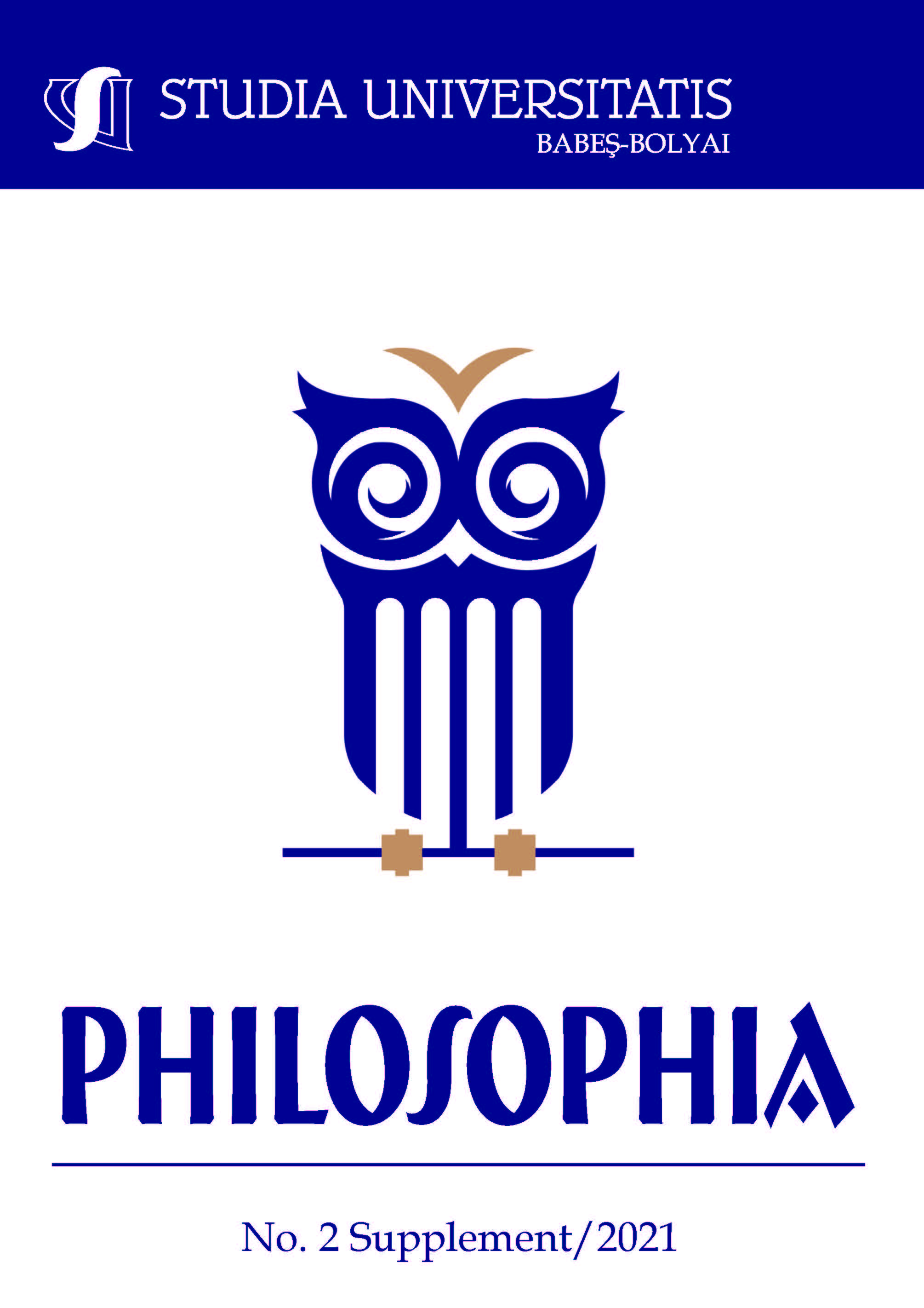HEIDEGGER’S EQUIPMENT VS. GIBSON’S AFFORDANCES. WHY THEY DIFFER AND HOW THEY ARTICULATE
HEIDEGGER’S EQUIPMENT VS. GIBSON’S AFFORDANCES. WHY THEY DIFFER AND HOW THEY ARTICULATE
Author(s): Gunnar DeclerckSubject(s): Contemporary Philosophy, History of Psychology, Cognitive Psychology, Phenomenology
Published by: Studia Universitatis Babes-Bolyai
Keywords: Heidegger; Gibson; affordance; equipment; perception;
Summary/Abstract: My main objective in this article will be to compare Heidegger’s description of the way we perceive our environment in everyday coping – which is based on the concept of equipment (Zeug) – and James Gibson’s theory of affordance perception. More precisely, I will discuss whether equipment and affordance can be equated. In contrast to some interpretations, I will defend that they cannot: equipment and affordances refer to different ontological kinds and the perceptual or cognitive processes that are implied in each case have nothing in common. In addition, I will defend that distinguishing equipment and affordances is a key step towards a more comprehensive account of the way we perceive and deal with the possibilities offered by our environment, and that Heidegger’s and Gibson’s accounts, far from being mutually exclusive, complement each other. Some work has however to be done in order to articulate them in a coherent theoretical framework.
Journal: Studia Universitatis Babes-Bolyai - Philosophia
- Issue Year: 66/2021
- Issue No: 2 Suppl.
- Page Range: 33-54
- Page Count: 22
- Language: English

